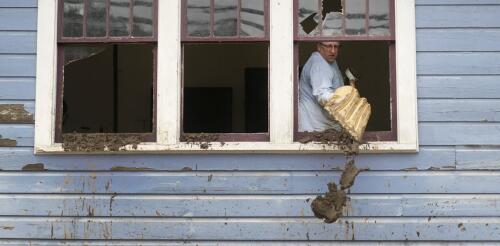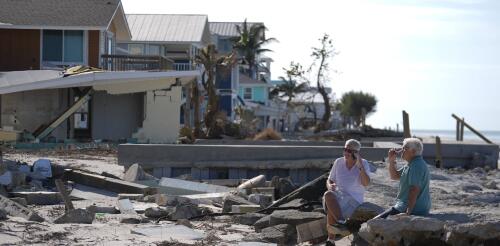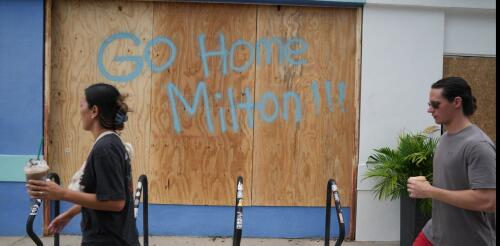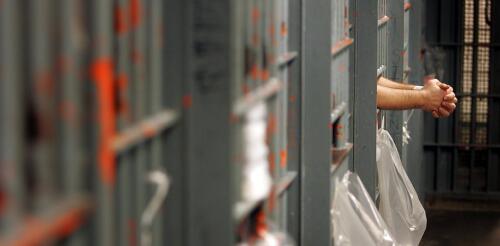Hurricane Milton
As Hurricane Milton roared ashore near Sarasota, Florida, tens of thousands of people were in evacuation shelters. Hundreds of thousands more had fled coastal regions ahead of the storm, crowding highways headed north and south as their counties issued evacuation orders. But not everyone left, despite dire warnings about a hurricane that had been one of the strongest on record two days earlier. As Milton’s rain and storm surge flooded neighborhoods late on Oct. 9, 2024, 911 calls poured in. In Tampa’s Hillsborough County, more than 500 people had to be rescued, including residents of an assisted living community and families trapped in a flooding home after a tree crashed though the roof at the height of the storm. In Plant City, 20 miles inland from Tampa, at least 35 people had been rescued by dawn, City Manager Bill McDaniel said. While the storm wasn’t as extreme as feared, McDaniel said his city had flooded in places and to levels he had never seen. Traf...
The trauma of natural disasters doesn’t end when the storm or wildfire is gone, or even when communities are being put back together and homes have been rebuilt. For many people, being displaced by a disaster has long-term consequences that often aren’t obvious or considered in disaster aid decisions. We study public policy and disaster response. To get a better understanding of the ongoing challenges disaster victims face – and how officials can respond more effectively – we analyzed U.S. Census Bureau surveys that ask people nationwide about their disaster displacement experiences, as well as their stress and anxiety. The results show how recovery from disasters such as hurricanes, wildfires, tornadoes and flooding involves more than rebuilding, and how already vulnerable groups are at the greatest risk of harm. Millions are displaced every year The Census Bureau’s Household Pulse Survey has been continually collecting data on people’s so...
In a pattern all too familiar to people affected by disasters, hurricanes Helene and Milton have disappeared from the headlines, just a few weeks after these disasters ravaged the Southeast. Although reporters have moved on, recovery is just beginning for people who were displaced. According to government and private analysts, damages may exceed US$50 billion apiece for these two storms. The Red Cross estimates that over 7,200 homes were destroyed or severely damaged and that more than 1,200 people were living in shelters across the affected states as of late October 2024. Staffers from the Federal Emergency Management Agency have been on the ground since before Helene and Milton hit, positioned to help as soon as the storms passed, along with state and local responders. But many people aren’t clear about how FEMA helps or what its responsibilities are. This may be one reason why the agency has had to dispel rumors about its response to Helene in North Carolina, such as...
As TVs across Florida broadcast the all-too-familiar images of a powerful hurricane headed for the coast in early October 2024, people whose homes had been damaged less than two weeks earlier by Hurricane Helene watched anxiously. Hurricane Milton was rapidly intensifying into a dangerous storm, fueled by the Gulf of Mexico’s record-breaking temperatures. Many residents scrambled to evacuate, clogging roads away from the region. Officials urged those near the coast who ignored evacuation warnings to scrawl their names on their arms with indelible ink so their corpses could be identified. The two hurricanes were among the most destructive in recent memory. They are also stark reminders of the increasingly extreme weather events that scientists have long warned would be the consequence of human-driven climate change. Still, many people deny that climate change is a worsening threat, or that it exists at all. As its impacts grow more visible and destructive, how is this pos...
The United States has almost 2 million people behind bars in prisons, jails and detention centers – the largest such population in any country. Although incarcerated people are locked away from the outside world, they are even more vulnerable to the impacts of disasters, such as hurricanes and wildfires, than the rest of society. People who are incarcerated can’t take protective actions, such as evacuating or securing their belongings. They have no say in decisions that the system makes for them. Instead, they must depend on staff and administrators to protect their health and safety. In September 2024, for example, Hurricane Helene made landfall in Florida, triggering mandatory evacuations in 20 counties and emergency declarations in 61 counties along its path. Despite a mandatory evacuation in Wakulla County, the populations of two state prisons and a county jail were not evacuated. As Helene traveled northward, 2,000 incarcerated people were evacuated from pris...




